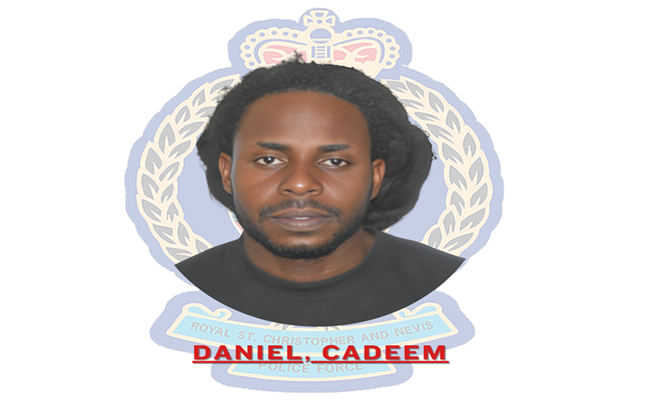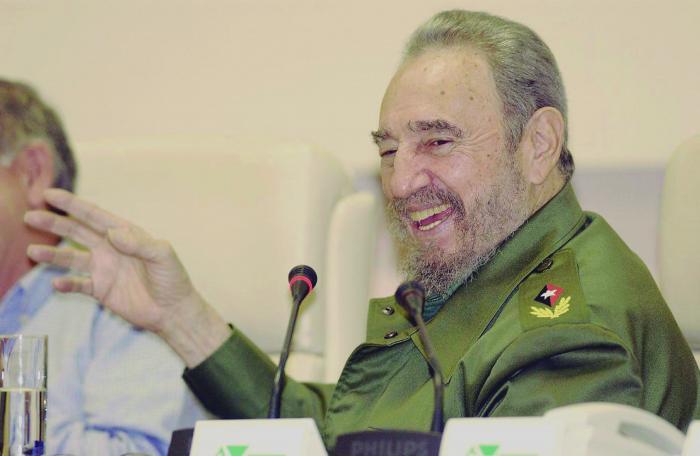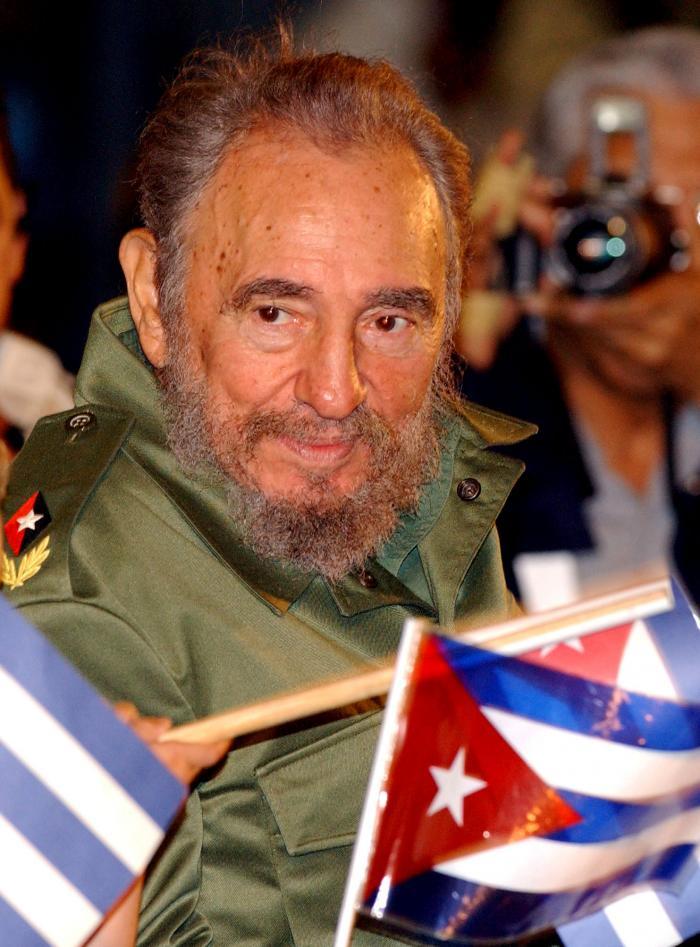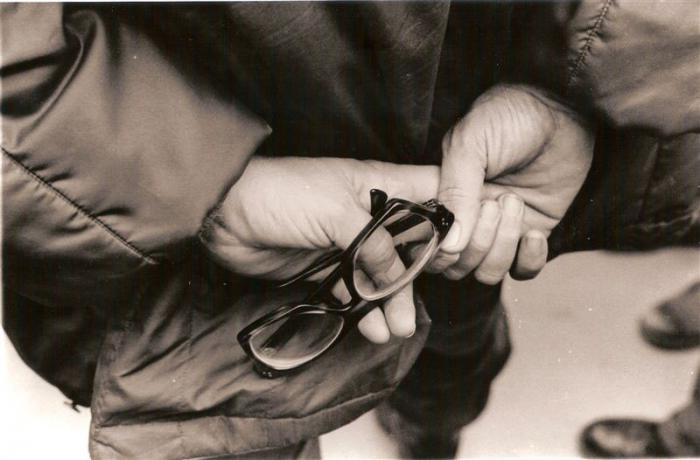In a recent development, Cadeem Daniel, an Anguillan national, has been charged with five cannabis-related offences after authorities discovered suspected contraband during a routine vessel inspection. The incident occurred on September 2, 2025, when officers from the St. Kitts and Nevis Customs and Excise Department conducted a standard search of a motor vessel docked at the Charlestown Pier in Nevis.
During the inspection, officers reportedly found three plastic bags containing a vegetable substance suspected to be cannabis in Daniel’s luggage. The discovery was promptly reported to the Royal St. Christopher and Nevis Police Force (RSCNPF), Division “C.” Authorities seized the suspected contraband and took Daniel into custody. Subsequent laboratory tests confirmed the substance to be cannabis.
On September 3, 2025, Daniel was formally charged by both the RSCNPF and the Customs and Excise Department. The charges include Possession of Cannabis with Intent to Supply, Importation of Cannabis, Importation of Restricted Goods, Importation of Goods Packed in a Manner to Deceive Customs Officers, and Counterfeiting Documents.
This case highlights the ongoing efforts by law enforcement to curb the illegal importation of cannabis into the Federation. Daniel’s arrest is part of a broader trend, as an increasing number of individuals have recently faced similar charges.









